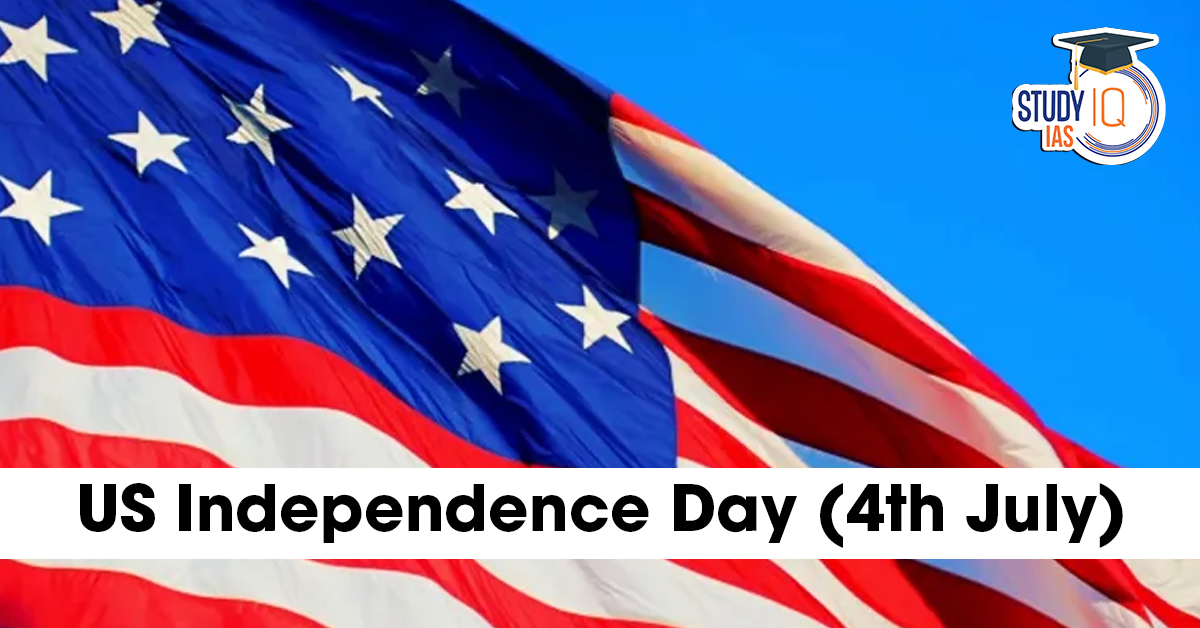Table of Contents
US Independence Day, observed every year on July 4, commemorates the adoption of the Declaration of Independence in 1776. This day marks the birth of the United States of America as a sovereign nation, free from British colonial rule. In 2025, Americans will celebrate 249 years of independence, remembering the historic events that shaped the nation’s identity.
What Happened on July 4, 1776?
On July 4, 1776, delegates from the 13 American colonies, meeting in Philadelphia, officially adopted the Declaration of Independence. This document, drafted primarily by Thomas Jefferson, proclaimed that the colonies were no longer under British rule and were now “free and independent states.”
Although the resolution for independence had already been approved two days earlier on July 2, the Declaration of Independence was finalized and adopted on July 4, which is why this date is celebrated as Independence Day in the United States.
Key Highlights of July 4, 1776:
-
The Continental Congress adopted the Declaration of Independence.
-
The document accused King George III of repeated injustices and tyranny.
-
It laid the ideological foundation for a new nation based on liberty, equality, and democracy.
Historical Background: From Colonies to a Free Nation
Before 1776, the present-day United States consisted of 13 British colonies along the eastern seaboard. While they had local governments, they remained under the authority of the British monarchy and Parliament. Over time, colonial discontent grew due to:
-
Taxation without representation
-
Restricted self-governance
-
Presence of British troops on American soil
Events such as the Boston Tea Party (1773) and the enforcement of the Intolerable Acts (1774) stirred revolutionary sentiments.
On July 4, 1776, the Continental Congress, meeting in Philadelphia, formally adopted the Declaration of Independence, written primarily by Thomas Jefferson. The document declared that the colonies were now “free and independent States.”
Recognition and Founding of the United States
While the Declaration was adopted in 1776, the Revolutionary War against Britain continued for several more years. It was only on September 3, 1783, with the signing of the Treaty of Paris, that Britain formally recognized American independence.
Following independence, the fledgling nation established its government, and in 1788-89, George Washington was elected as the first President of the United States, helping solidify the country’s new federal structure.
Independence Day as a Federal Holiday
Independence Day quickly became a cherished annual celebration of American nationhood. By 1870, the US Congress declared July 4 an unpaid holiday for federal workers. Later, in 1938, it was made a paid federal holiday, ensuring that most businesses and government offices across the country close in observance.
Traditions and Celebrations on July 4
The Fourth of July is synonymous with fireworks, parades, concerts, barbecues, fairs, and baseball games. These festivities bring communities together in patriotic spirit, celebrating both the nation’s history and its core values.
-
Fireworks: Large public displays light up the night skies in cities and towns nationwide.
-
Parades and Concerts: Community events featuring marching bands, floats, and live music.
-
Family Gatherings: Many Americans enjoy cookouts, picnics, and reunions.
-
Political Speeches and Ceremonies: Leaders honor the ideals of liberty, democracy, and self-determination.
The True Meaning of Independence Day
More than just a day off or a festive occasion, July 4 represents the foundational principles of the United States — independence, self-determination, and the right to govern oneself free from foreign rule.
As Americans celebrate the 249th Independence Day in 2025, the day continues to inspire pride and reflection on the sacrifices made to secure the freedoms enjoyed today.


 Why India Need Bioremediation? Types, Go...
Why India Need Bioremediation? Types, Go...
 Kashi Tamil Sangamam 4.0 (2025): Dates, ...
Kashi Tamil Sangamam 4.0 (2025): Dates, ...
 26th Hornbill Festival 2025: Nagaland’...
26th Hornbill Festival 2025: Nagaland’...

























